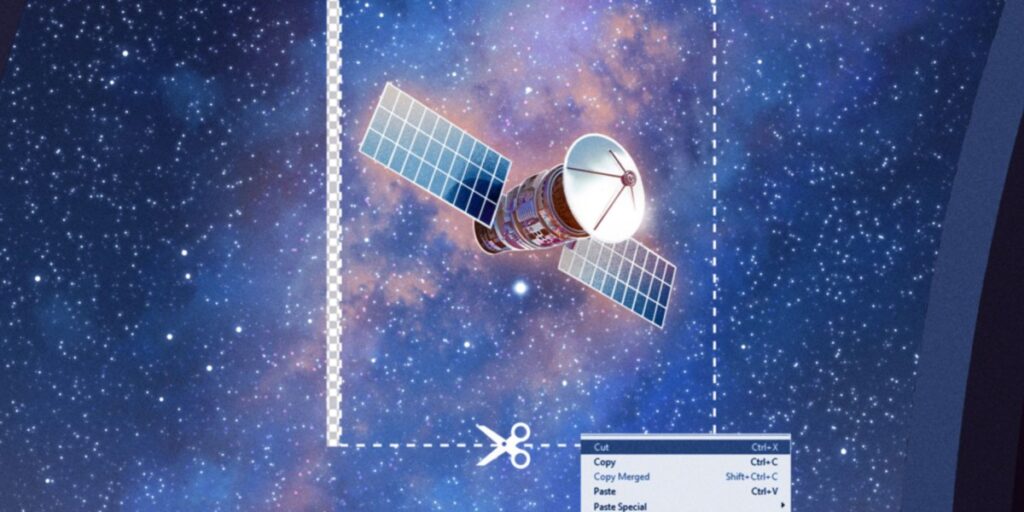But in 2019, SpaceX began deploying its internet-beaming Starlink constellation, and the astronomical community started to sound alarm bells. The satellites were orbiting too low and reflected too much sunlight, leaving bright marks in telescope images. A year later, Rawls and a handful of her colleagues were the first to make a scientific assessment of the satellite streaks’ effect on astronomical observations, using images from the Víctor M. Blanco telescope (which, like Rubin, is in Chile). “We wanted to see how bright those streaks were and look at possible mitigation strategies,” Rawls says. Her team found that although the streaks weren’t overwhelmingly bright, they still risked affecting scientific observations.
Streak removal
Since those early observations, an entirely new subdiscipline of astronomical image processing has emerged, focusing on techniques to remove satellite light pollution from the data and designing observation protocols to prevent too-bright satellites from spoiling the views. Rawls has become one of the leading experts in the fast-evolving field, which is only set to grow in importance in the coming years.
“We are fundamentally altering the night sky by launching a lot more stuff at an unsustainably increasing rate,” says Rawls, who is also an astronomy researcher at the University of Washington.
To mitigate the damage, she and her colleagues designed algorithms that compare images of the same spot in the sky to detect unexpected changes and determine whether those could have been caused by passing satellites or natural phenomena like asteroids or stellar explosions.
A rising force
The number of satellites orbiting our planet has risen from a mere thousand some 15 years ago to more than 12,000 active satellites today. About 8,000 of those belong to SpaceX’s Starlink, but other ventures threaten to worsen the light-pollution problem in the coming years. US-based AST SpaceMobile, for example, is building a constellation of giant orbiting antenna arrays to beam 5G connectivity directly to users’ phones. The first five of these satellites—each over 60 square meters in size—are already in orbit and reflecting so much light that Rubin must adjust its observing schedule to avoid their paths.
“So far, what we’ve seen with the initial images is that it’s a nuisance but not a science-ending thing,” says Rawls. She remains optimistic that she and her colleagues can stay on top of the problem.
Tereza Pultarova is a London-based science and technology journalist.


